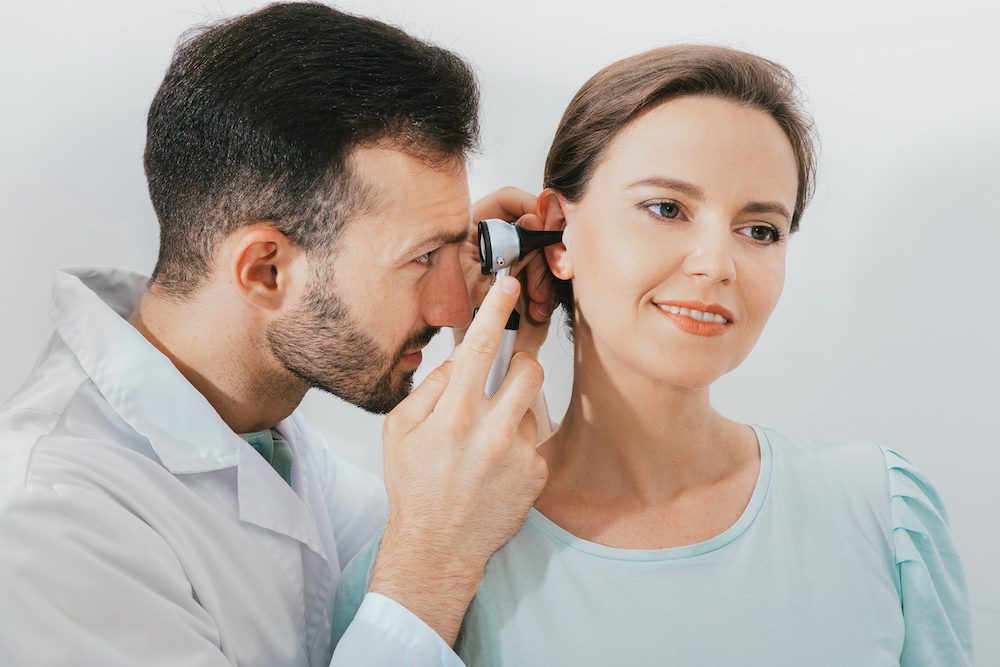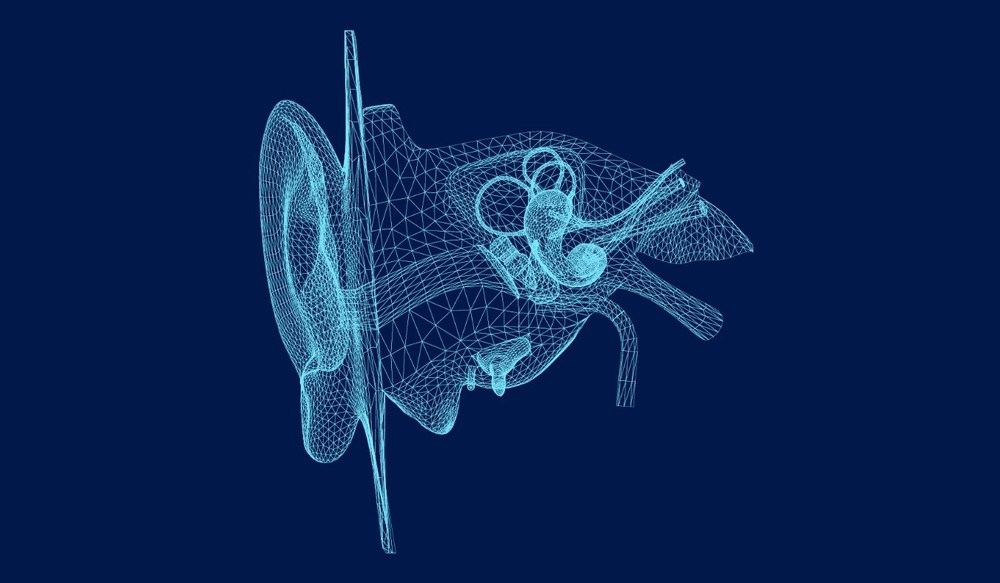Exploring the Psychological Effects of Hearing Loss
Hearing loss affects more than just your ability to catch words in a


Hearing loss affects more than just your ability to catch words in a

Communication is at the heart of almost every relationship in your life.

When hearing difficulties start affecting your conversations at work,